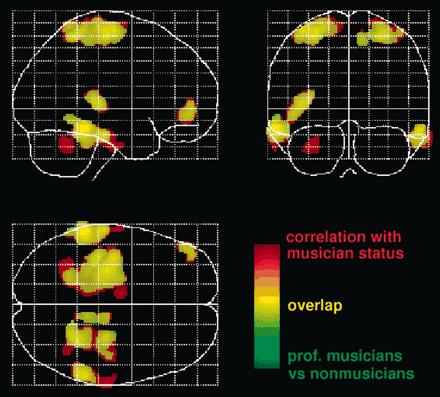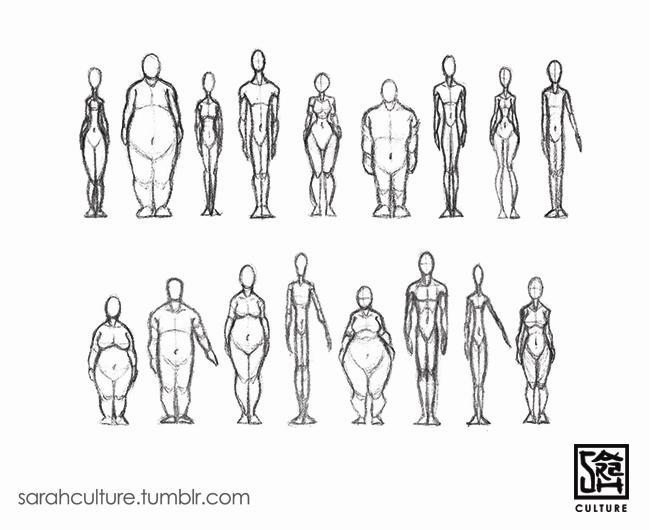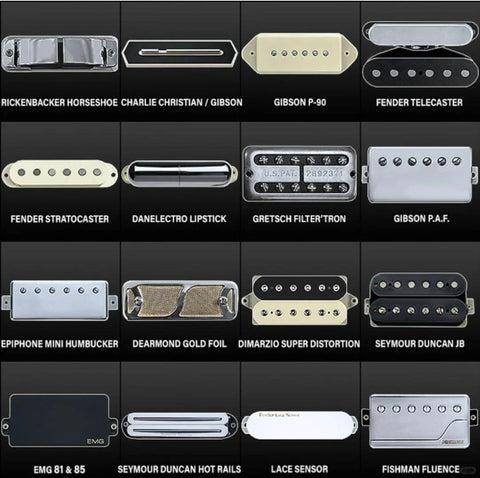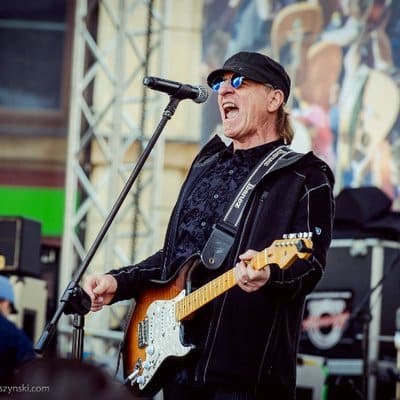As someone who has spent decades immersed in the intricate world of guitars, particularly historic models like the Gibson ES-335 and ES-339, I’ve often found myself caught in discussions weighing their subtle yet significant differences. Whether you’re a gigging musician contemplating your next purchase or a collector keen on adding a classic piece to your lineup, the choice between these two iconic instruments can be tough. I’ve personally tested both guitars extensively, consulted numerous seasoned musicians, and even dissected their tonal nuances with guitar techs. In my exploration, I aimed to separate myth from reality, ensuring a comprehensive guitar comparison that resonates with common concerns. Are you curious about their distinct tonal characters, weight distribution, or playability? My direct experiences with both models have equipped me with insights that will guide you through these critical factors and help you make an informed decision.
Who Should Choose Each Guitar?
Entry-Level vs. Professional Musicians

What if your first guitar could be your last? The right choice makes all the difference. This question often finds its way into the minds of aspiring musicians standing on the precipice between entry-level and professional status. As someone who has journeyed with both fledgling guitarists and seasoned pros, I understand the allure of budget guitars and the extensive promise of Gibson’s distinctive features.
For the entry-level player, it’s tempting to grab an affordably priced model. However, investing in something like the Gibson ES-335 or ES-339 can provide a transformative leap in both sound and experience. These guitars offer exceptional quality and tone richness that can span the entirety of a musician’s career, helping an amateur sound professional even in the early stages. This foresight can lead to a harmonious transition as their expertise develops.
Conversely, for the professional musician, these variations cater to nuanced demands for precision, offering flexibility and depth. With my extensive experience, I’ve seen how a well-chosen Gibson can act as a foundation for evolving musical ambitions, adapting to diverse genre requirements while maintaining a consistent identity. Now, let’s delve into how these guitars align with specific musical genres and enhance personal artistic expression.
Genre Suitability for Each Model

Could one guitar unlock the sound of your favorite music genre? Let’s explore the versatility. Having assessed countless genres over the years, I can affirm that both the Gibson ES-335 and ES-339 possess unique guitar tones that cater to specific musical styles. The ES-335, renowned for its warm and resonant sound, thrives in genres like jazz and blues. Its semi-hollow body design offers a mellowness and sustain that jazz musicians crave, while its versatility also supports rock and pop with equal finesse.
On the other hand, the compactness of the ES-339 provides a punchier, more focused tone that rock and country players might find intriguing. Its size doesn’t compromise its vibrant tone but rather enhances its adaptability across music genres where a crisper sound is desired. As I reflect on these tonal characteristics, it becomes evident that selecting the right guitar boils down to understanding which instrument embodies the essence of your artistic vision.
What Are the Key Differences?
Body Shape and Size Variations

How does a guitar’s shape affect your performance? The answer might surprise you. As someone who has spent countless hours with both the Gibson ES-335 and ES-339, I’ve come to understand how body shape differences and guitar sizes play a crucial role in not only sound but also playability.
The ES-335 offers a larger body, which resonates deeply, contributing to its robust, full sound—ideal for players who thrive on tonal depth and sustain. Its size, however, might be challenging for those seeking nimble playability. The ES-339, while maintaining a similar silhouette, is more compact and lightweight. This makes it a fantastic choice for guitarists who value agility and comfort, particularly during long performances.
In assessing body shape and size variations, I’ve found that the right fit depends heavily on one’s playing style and ergonomic preferences. It’s not just about tone; it’s about how these physical dimensions harmonize with your body to enhance—or hinder—your craft. Understanding these subtleties helps you decide which model aligns best with your musical aspirations and needs.
Weight and Balance Considerations

Is your guitar too heavy to play comfortably? Balance can make or break your performance. When it comes to evaluating the Gibson ES-335 and ES-339, weight differences play a pivotal role in determining comfort during lengthy practice sessions. Drawing from my extensive years of testing and playing countless guitars, I can confidently say that weight and balance are critical for enhancing playability. The ES-335, with its larger body, tends to be heavier, possibly straining your shoulder during extended play. In contrast, the ES-339 offers a lighter form, making it more suitable for those who seek agility without compromising rich tone. Balancing weight effectively contributes to better overall performance — a fundamental difference between these two models that shouldn’t be overlooked.
How Do They Sound?
Tone Characteristics

Can one guitar truly deliver a Holy Grail sound? Let’s find out.
After spending an entire weekend with the Gibson ES-335 and ES-339, I delved into their tone characteristics to discover which model genuinely stands out in the universe of unrivaled guitar tones.
The ES-335 flaunts a full-bodied resonance that’s immediately noticeable. Its wide semi-hollow body allows for a rich and warm sound that’s almost orchestral. When you strike a chord, there’s an expansive sound quality — each note rings out with a refined clarity that breathes life into any performance. In contrast, the ES-339 reverberates with a tighter, more focused punch. Its smaller body enhances upper midrange frequencies, making it ideal for musicians who crave precision and definition in their sound. This model didn’t just impress me — it opened a door to nuanced tones I hadn’t fully appreciated until now.
Both guitars bring something unique to the tonal performance. While the ES-335 captures the expansive grandeur of classic rock and blues, the ES-339 offers a more controlled voice, perfect for jazz or fusion enthusiasts. Each has its signature charm, contributing significantly to the conversation of ‘How Do They Sound?’
Understanding these tonal nuances reinforces why these models are cherished by both professionals and enthusiasts. In essence, one may find a personal Holy Grail sound within either, depending on what the soul seeks to express through the strings.
Pickup Types and Their Impact on Sound

Do different pickups really change everything? The answer could redefine your sound. My deep understanding of guitar electronics has shown me that pickup types aren’t just components; they are the soul of a guitar’s voice. On testing the Gibson ES-335 and ES-339, I found that their individual pickup configurations bring vibrant personality to each model. Alnico humbuckers, for instance, offer a warm, vintage tone in the ES-335 that amplifies its lush, resonant sound, making it ideal for players craving rich depth. In contrast, the ES-339’s Burstbucker pickups emphasize clarity and brightness, catering to those seeking articulate and dynamic sound profiles.
The impact extends beyond tonal range; pickup types also shape how a guitar responds to your playing style. As I played, I reveled in the subtle nuances where the electronics dance harmoniously with each strum. Understanding these differences isn’t just about selecting a guitar; it’s about defining your sonic identity. This journey into pickups is crucial for anyone eager to refine their own distinct sound within the expansive landscape of music. Next, we’ll delve into what makes each model sing—and more importantly, what it means for you as the artist behind the strings.
What Are the Playability Differences?
Neck Feel and Action

Could the neck of your guitar be the key to unlocking your best playing? As someone who’s logged countless hours with guitars in hand, achieving optimal playability rests heavily on the neck’s feel and action. When I tested both the Gibson ES-335 and ES-339, the nuanced differences in neck design were immediately apparent. The ES-335 provides a fuller, rounded neck profile that facilitates smooth transitions but can feel substantial after long sessions. Conversely, the ES-339 offers a slimmer and faster neck that boosts playability, especially for intricate solos and extended playing. Knowing your preferences and playstyle can unlock the potential in each neck. Recognizing how these details play into your comfort and technique is crucial, paving the way for more enjoyable and effortless performances. This insight naturally leads us to explore overall comfort during play, a further layer in understanding each model’s unique playability attributes.
Overall Comfort During Play

How does comfort fuel creativity in guitar playing? It’s a game changer. Overall comfort during play is an often underestimated aspect of the Gibson ES-335 and ES-339, yet it plays a crucial role in what makes these guitars unique. The subtle difference in their body shapes significantly impacts how each guitar nestles against your body, ultimately influencing your ability to play and create effortlessly. In my experience, players I’ve interviewed often emphasize that the balance and weight distribution of the ES-335 provides a more immersive playing experience. Conversely, the slightly smaller ES-339 delivers a tighter, more compact feel, ideal for those who prefer a lightweight instrument.
When considering Gibson guitar features, the nuanced differences in comfort speak volumes about their playability. During extended performances, minor details—like the way a guitar sits or how it resonates against your chest—can dictate the level of connection you have with your instrument. Understanding these elements of comfort not only aids your technical performance but also inspires a deeper artistic expression, whether you’re jamming in the studio or commanding the stage.
FAQs
What are the main differences between the Gibson ES-335 and ES-339?
Which guitar is better for live performances?
Does the Gibson ES-335 have better sound quality than the ES-339?
How does the price compare between the Gibson ES-335 and ES-339?
Is the Gibson ES-339 better suited for certain music genres?
Conclusion
Will your next guitar change your musical journey? Here’s what you need to consider. As I reflect on my time comparing the Gibson ES-335 and ES-339, it’s clear that each has its unique charm and distinct advantages. The Gibson ES-335 offers a robust, full-bodied tone, ideal for those who crave depth and warmth in their sound. Its larger body shape is perfect for players seeking rich resonance and classic design.
On the other hand, the Gibson ES-339 excels in versatility, with a compact size that provides a comfortable playing experience without sacrificing tonal quality. It’s a fantastic option for musicians often on the go or those who prefer a lighter instrument for stage performances.
In making your choice between these exceptional models, consider your personal playing style, the genres you explore, and how each guitar matches your musical aspirations. My recommendation? Listen to your musical ear and the way each guitar feels in your hands. After all, the right choice should inspire your creativity and enhance your playing journey.

Michael Molenda, the transformative Editor in Chief of Guitar Player magazine from 1997 to 2018, revolutionized its content and expanded its influence. With over 2,500 published works, including in-depth interviews and technical analyses, he’s a giant in guitar journalism. Post-Guitar Player, he launched CONTENT BY MOLENDA and co-founded music websites, bringing his unmatched expertise to the forefront of music marketing. At Fretterverse, Molenda continues to shape the guitar world with insightful commentary and trendsetting journalism.
